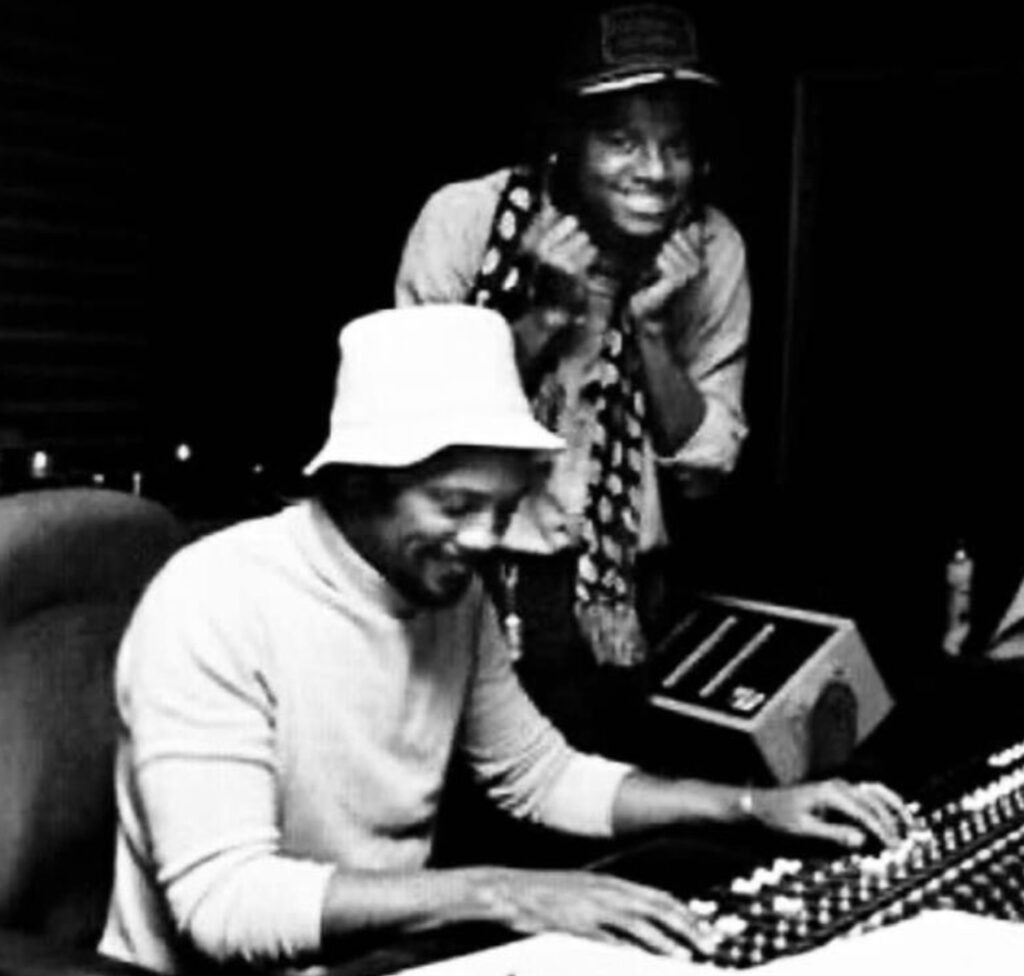Few albums in history have had as much cultural impact as Michael Jackson’s Thriller. Released on November 30, 1982, it became the best-selling album of all time, boasting iconic tracks like “Billie Jean,” “Beat It,” and the title song, “Thriller.” While Jackson’s unparalleled talent as a performer and songwriter was a driving force, the genius of producer Quincy Jones played an equally significant role in crafting this masterpiece. Together, Jackson and Jones revolutionized pop music, pushing creative and technical boundaries to produce an album that transcended genres and eras.
However, the path to creating Thriller wasn’t without challenges. The now-iconic music video for “Thriller,” which elevated the album’s legacy to legendary status, almost didn’t happen. Let’s explore how Quincy Jones helped shape the album and uncover the fascinating story behind the groundbreaking music video that nearly wasn’t.
Quincy Jones: The Visionary Behind the Sound
By the time Quincy Jones began working with Michael Jackson, he was already a legendary figure in the music industry, with a career spanning jazz, film scores, and pop production. Their collaboration began with Jackson’s 1979 album, Off the Wall, which established the young artist as a solo star. When it came time to create Thriller, Jackson and Jones were determined to surpass the success of their first project together.
Jones’ Role in Shaping the Album
Jones approached Thriller with a meticulous attention to detail, handpicking the best session musicians, songwriters, and engineers to bring the album to life. His goal was to create an album that appealed to a broad audience by blending elements of pop, rock, funk, R&B, and disco.
Key contributions by Quincy Jones include:
Song Selection
Jones pushed Jackson to explore themes and sounds that would resonate with a global audience. He encouraged Jackson to work with a variety of songwriters, resulting in tracks like Rod Temperton’s “Thriller” and Toto’s “Human Nature.”
Production Excellence
Jones’ perfectionism ensured that every note, beat, and harmony was flawless. He worked closely with engineer Bruce Swedien to achieve a pristine sound quality, using innovative recording techniques that set new industry standards.
Partnerships
Jones facilitated iconic collaborations, such as the duet with Paul McCartney on “The Girl Is Mine” and Eddie Van Halen’s unforgettable guitar solo on “Beat It.” These partnerships broadened the album’s appeal and showcased Jackson’s versatility.
The Making of “Thriller”
One of the album’s standout moments is the title track, “Thriller,” which became synonymous with Jackson’s career. Written by Rod Temperton, the song combined spooky themes with infectious rhythms and unforgettable hooks.
Vincent Price’s Legendary Voiceover
It was Quincy Jones’ idea to include a spoken-word segment on “Thriller.” He invited horror movie legend Vincent Price to lend his iconic voice, adding a cinematic quality that made the song unforgettable. Price’s eerie monologue, paired with Temperton’s chilling lyrics, elevated “Thriller” into a theatrical experience.
How the Thriller Music Video Almost Didn’t Happen
While Thriller was already a massive commercial success upon its release, the music video for the title track catapulted it into cultural immortality. Directed by John Landis and featuring elaborate choreography, makeup, and visual effects, the “Thriller” video redefined what a music video could be.
Initial Challenges
Despite the song’s popularity, a music video for “Thriller” wasn’t originally part of the plan. By mid-1983, the album’s sales had started to plateau, and Jackson’s team was looking for a way to reignite interest. Jackson himself was initially reluctant to revisit the album but eventually agreed after being convinced of the video’s potential to make history.
The project faced significant financial hurdles. At a time when music videos typically had modest budgets, the proposed $900,000 budget for “Thriller” was seen as extravagant. Jackson’s record label, Epic Records, was hesitant to fund the project, fearing it wouldn’t yield a significant return on investment.
Creative Vision and Risks
John Landis, known for his work on films like An American Werewolf in London, was brought on board to direct. Landis envisioned a short film rather than a standard music video, incorporating a narrative, special effects, and elaborate dance sequences.
To finance the video, Jackson and Landis secured additional funding by releasing a behind-the-scenes documentary, Making Michael Jackson’s Thriller. This innovative approach allowed the project to move forward and set a precedent for music video marketing.
The Cultural Impression of “Thriller”
When the “Thriller” music video premiered on December 2, 1983, it was an instant sensation. At 14 minutes long, it broke new ground in storytelling, choreography, and visual effects. The video became a cultural phenomenon, further solidifying Michael Jackson’s status as the King of Pop.
Key elements that made the video groundbreaking include:
Cinematic Storytelling
The video’s narrative structure, complete with a werewolf transformation and a zombie dance sequence, blurred the line between music video and short film.
Choreography
The iconic “Thriller” dance, choreographed by Michael Peters, remains one of the most recognizable routines in music history.
Special Effects
Landis’ use of prosthetics and makeup set a new standard for visual effects in music videos. Rick Baker, a renowned makeup artist, created the realistic zombie and werewolf looks.
Legacy of Thriller
Thriller continues to be a cultural touchstone, influencing generations of musicians, filmmakers, and fans. The album has sold over 70 million copies worldwide, and the music video is preserved in the Library of Congress’ National Film Registry as a work of “cultural, historical, or aesthetic significance.”
Quincy Jones’ Influence
Jones’ contributions to Thriller extended beyond its release. The album set a benchmark for production quality and creativity, influencing how albums were made and marketed. His partnership with Jackson remains one of the most celebrated collaborations in music history.
Michael Jackson’s Stardom
For Michael Jackson, Thriller was a defining moment that elevated him to global superstardom. The album’s success and the groundbreaking music video cemented his legacy as a visionary artist who transcended boundaries.
The creation of Thriller was the result of unparalleled talent, meticulous craftsmanship, and bold risk-taking. Quincy Jones’ ability to bring out the best in Michael Jackson and assemble a team of top-tier collaborators was instrumental in crafting an album that has stood the test of time.
The story of how the Thriller music video almost didn’t happen serves as a reminder of the importance of vision and perseverance. By overcoming financial and creative challenges, Jackson and his team created a work of art that continues to captivate audiences more than 40 years later.
Today, Thriller remains a symbol of artistic excellence and cultural impact, a testament to what can be achieved when genius meets determination.
No comments yet.








